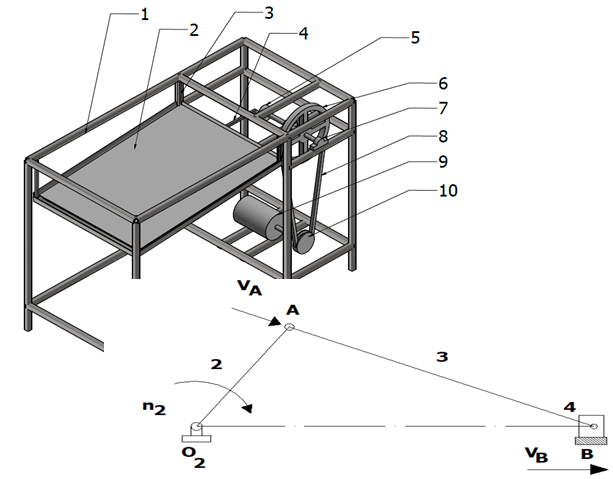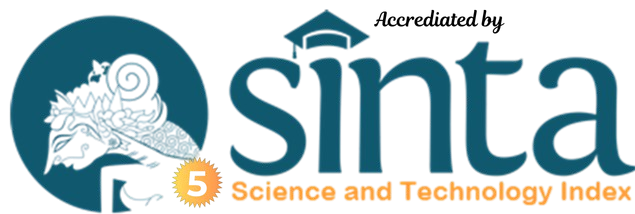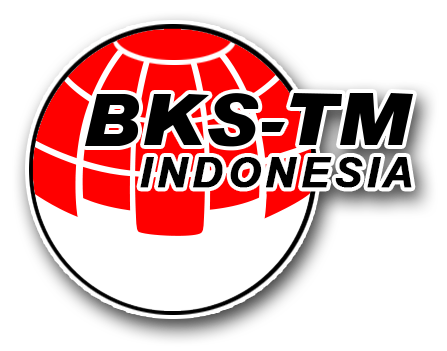Rancangan Mesin Pengayak Pasir dengan Konversi Sistem Gerak Rotasi menjadi Translasi
DOI:
https://doi.org/10.55679/pistonjt.v8i1.41Keywords:
Machine design, Translation motion, Crank, Rotation, TransmissionAbstract
The development of building construction always requires materials, machines (equipment) and work methods to increase the efficiency of work completion. Sand material which is the main building material in the manufacture of a construction structure. The work method for separation is generally carried out by sieving which aims to obtain uniform sand sizes. In this study, a sand sieving machine was designed using the translation method of shaft rotary motion. Procedures in the design of the sand sieving machine are carried out by collecting initial data and field requirements regarding the sand sieving machine, determining the effective mechanism of the sand sieving machine, analyzing the elements of the sand sieving machine, and determining the design of the sand sieving machine. The working system of the machine is designed to use an electric drive motor, a pulley belt transmission system is used to reduce the rotation of the motor, then the eccentric drive shaft is used to rotate the crank which in turn moves the pusher rod so that the sieve moves translationally. The frame design of this sand sieving machine uses square profile steel 40 mm x 40 mm with a thickness of 2 mm. The box profile steel is designed so that it becomes the support of several machine components including the sieves, the dimensions of the frame are 100 cm long, 70 cm high and 70 cm wide. The calculation results obtained that the shear stress that occurs on the shaft is smaller than the allowable stress. The sieving machine design uses a belt transmission and two pulleys to reduce the motor rotation to 509 rpm, this rotation is then converted into translational motion to move the sieve with a speed of 2.34 m/s.
Downloads
References
M. Margono, N. T. Atmoko, B. H. Priyambodo, S. Suhartoyo, dan S. A. Awan, “Rancang Bangun Mesin Pencacah Rumput Untuk Peningkatan Efektivitas Konsumsi Pakan Ternak Di Sukoharjo”, Abdi Masya, vol. 1, no. 2, hlm. 72-76, Mei 2021.
F.Amelia, W. Zulkaidah, S. Hay, F. E. Larobu, A. Lolok, and A.Kadir, “Alat Pencacah Pakan Ternak Menggunakan Motor Universal”, Piston-JT, vol. 7, no. 1, pp. 41–45, Jun. 2022.
T. Mulyanto and Supriyono, “PERANCANGAN MESIN PENGGILING JAGUNG TONGKOLAN”, ASIIMETRIK, vol. 1, no. 1, pp. 50-57, Jan. 2019. https://doi.org/10.35814/asiimetrik.v1i1.222.
F. Huda, S. Pamungkas dan Jutria, “Perancangan, Pembuatan dan Pengujian Mesin Pengayak Pasir dengan Metode Eksitasi Massa Tidak Seimbang,” dalam Seminar Nasional Fakultas Teknik-UR, Pekanbaru, 2010.
Haryono, B. Lianto , H. Firmanto, “Rancangbangun Mesin Pencetak Batako Sistem Gravitational Drop And Vibration Menggunakan Matras 4 Cavity untuk IKM Desa Bungur Kecamatan Tulakan Kabupaten Pacitan”, JASINTEK Vol. 3 No. 1, Oktober 2021: 1-8
Y. Gunawan and P. Aksar, “Rancang Bangun Alat Pencetak Batako Menggunakan Tekanan Kompresor ”, Piston-JT, vol. 6, no. 1, pp. 17–21, Jun. 2021.
S. Prayitno dan Fatkur Rhohman, “Rancang Bangun Mesin Pengayak Ampas Tahu Dengan Sistem Pengayak Berputar Kapasitas 25 Kg Semi Otomatis ,” dalam Seminar Nasional Inovasi Teknologi UN PGRI, Kediri, 2021.
A. R. Aresy. ”Perencanaan Dan Pembuatan Sistem Transmisi Mesin Pengayak Pasir Rotari Kapasitas 1000 Kg/Jam”, Undergraduate thesis, Institut Teknologi Sepuluh Nopember, 2021.
H. S. Irawan, “PEMBUATAN STRUKTUR MESIN PENGAYAK PASIR ELEKTRIK” Proyek Akhir: Program Studi Diploma III, Jurusan Teknik Mesin Universitas Jember, 2015
B. Sulaksono dan A. Mastiko, “Perancangan Mesin Pengayak Getar Kapasitas 2 m3/jam,” dalam Seminar Rekayasa Teknologi (SemResTek), Jakarta, 2021.
Sularso dan K. Suga, Dasar Perencanaan dan Pemilihan Elemen Mesin , Jakarta: PT Pradnya Paramita, 1997.
G. Martin, Kinematics and Dynamics of Machines , Mc Graw-Hill Ltd, 2004.
R. S. Khurmi dan J.K. Gupta, A Textbook of Machine Design , Eurasia Publishing House (PVT), 2005.

Downloads
Published
How to Cite
Issue
Section
License
Copyright (c) 2023 Piston: Jurnal Teknologi

This work is licensed under a Creative Commons Attribution-NonCommercial 4.0 International License.








